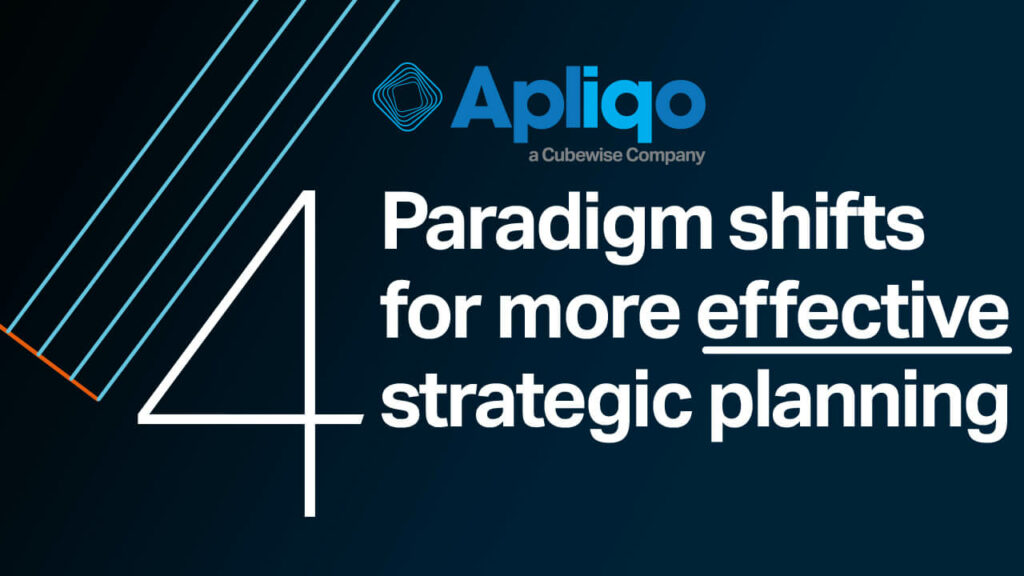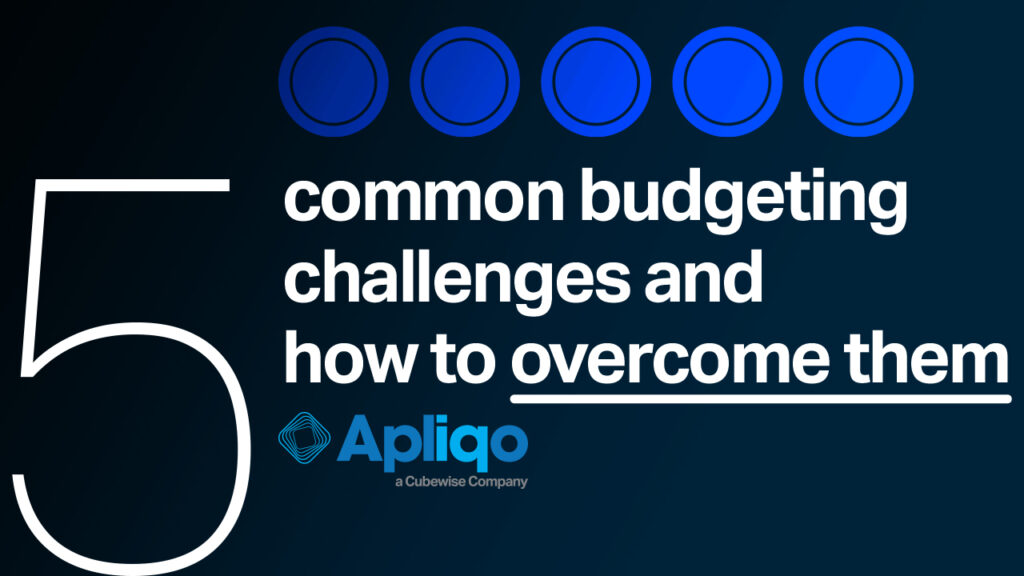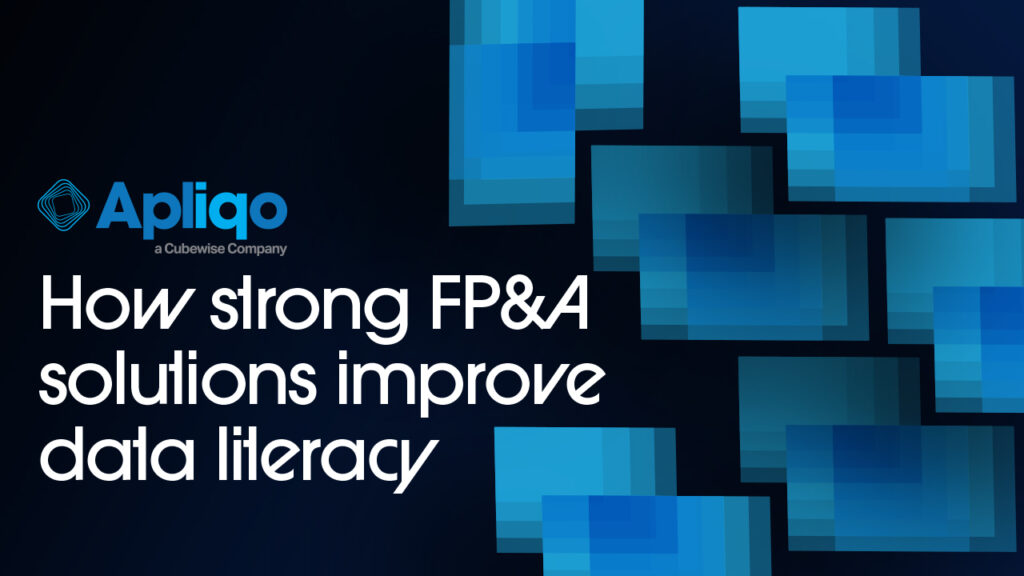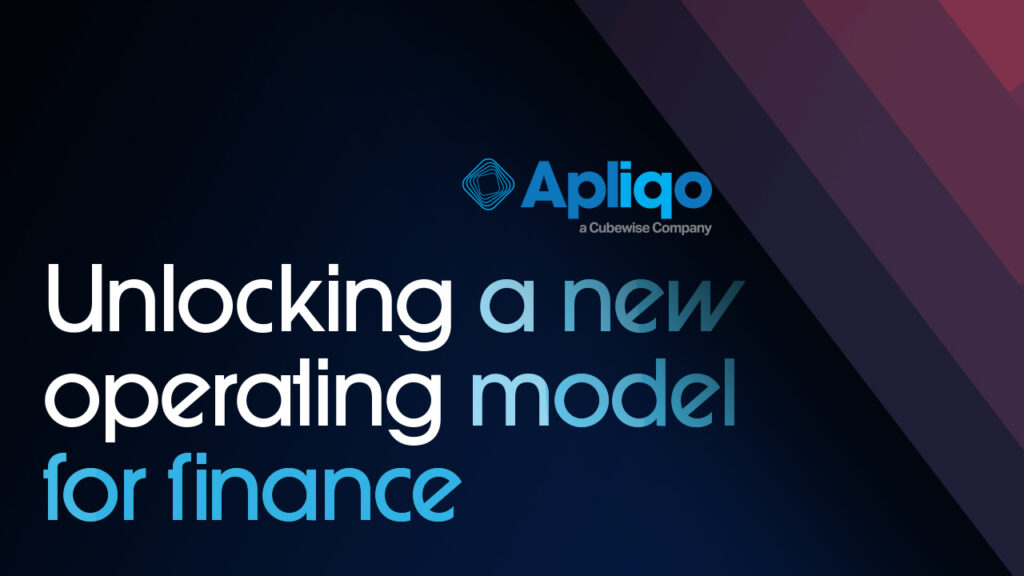What does the future of reporting look like?

Where is the reporting industry going? What is important for agile and powerful planning analytics? What should you be focused on?
Why numbers without context are pointless

In any large organisation, decision makers rely on reports to give them the information they need for strategic conversations and decisions. The numbers are the foundation of goal setting, budgeting, forecasting, product development, sales strategies, and so much more. The more you can rely on your numbers, the better decisions you are able to make.
What is Santa bringing FP&A enthusiasts for Christmas 2022?

Have you been naughty or nice? Here are some of the things that Santa is bringing for all your FP&A enthusiasts out there.
4 paradigm shifts for more effective strategic planning

Use these four paradigm shifts to supercharge your strategic planning capabilities and gain a competitive advantage.
5 common budgeting challenges and how to overcome them

Let’s explore 5 common budgeting challenges and how you can leverage FP&A technology to overcome them efficiently.
How unified planning enables cross-department collaboration
Departments can work as independent silos, leading to the segregation of ideas and data. How can unified planning help to close the departmental gap?
Lower your data latency and improve your business decision-making

There’s a term in network technology called ‘latency’ which refers to the delay between the execution of a command and the instruction given by the user. You’ll hear it most often in the world of high-speed training where a slight increase in latency (to the effect of a couple of milliseconds) can have a drastic negative impact on speed and thus performance.
How strong FP&A solutions improve data literacy

As most of us realise, there is useful data and not-so-useful data. And merely having it at your disposal doesn’t necessarily mean that you’re able to discern between these two camps. It’s often only in the processing phase where we dig into the data and look for insights that we discover whether the data we’ve collected can actually drive us forward, rather than remaining a red herring.
5 common mistakes when building financial models

Critics of financial modelling will always tell you that there are simply too many moving parts and interdependencies within a company to arrive at an accurate prediction of the future. They’ll point to how easy it is to adjust an input assumption and completely change the entire scope of what the model outputs. And to a certain extent – they’re right.
Unlocking a new operating model for finance

Much has been written about how changing tides, rapid disruption, and global trends impact the customer-facing side of business today. You can open any business publication of your choice and hear stories of how technology has completely changed how they think about their offering and their messaging to the market.

